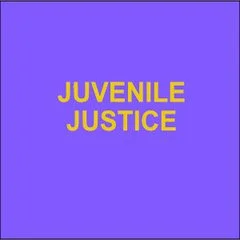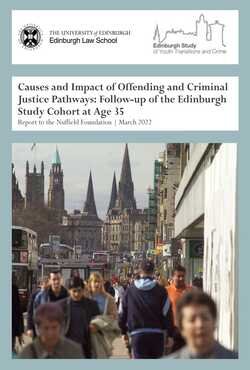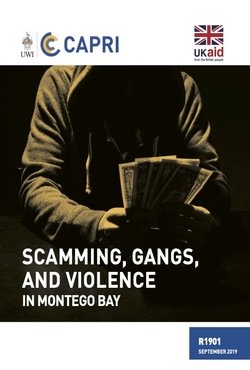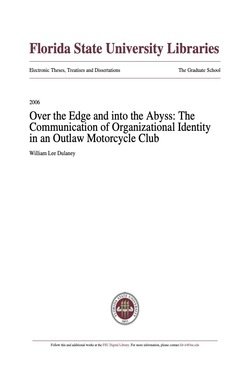By Beatriz Magaloni and Veriene Melo, With contributions from Sara Rizzo, and Sofia Mac Gregor Oettler
This study is the result of over four years of active collaboration between the Poverty, Violence and Governance Lab (PovGov) and the Rio-based NGO Agency for Youth Networks (hereafter, Agency). What began in 2012 as an informal conversation between PovGov researchers and the program’s founder and director, Marcus Faustini, led to a solid partnership that has produced not only this research but also opportunities for engagement through events both in California and in Rio de Janeiro. A central objective of PovGov’s research agenda is to assess and disseminate knowledge about initiatives and policies seeking to benefit socially vulnerable populations throughout Latin America. Agency’s target population – namely, young people from the favelas and peripheries of Rio de Janeiro who often find themselves unemployed, out of school, and exposed to high levels of violence – being of great relevance to PovGov’s work. During a 2015 conference hosted by PovGov at the Stanford Center on Democracy, Development, and the Rule of Law (CDDRL) entitled “Educational and Entrepreneurial Initiatives to Support Youth in Places of Violence,” several Agency educators and participants shared their experiences in the program. They expanded on its mission, challenges, and relevance considering the scenario of vulnerability and limited opportunities that young people face not only in Rio de Janeiro but throughout Brazil. It became clear then that the approach, experience, and impact of the Agency's innovative methodology – which engages young people in marginalized communities as protagonists in the creation and implementation of projects with a potential for social impact – should be analyzed in-depth, with the work beginning promptly after. Employing a mixed-method strategy based on quasi-experimental and non-experimental designs, to build our program impact evaluation, we drew from survey responses from 500 people, as well as interviews, observations, and informational documents of various kinds. The results, culminated in this report, come down to four learning summaries which speak to methodology and curriculum (Agency’s methodology promotes active learning for project creation while strengthening pathways for individual empowerment and community engagement); the profile of program participants (Agency is engaging some of the most vulnerable – but also resilient and hopeful – youth groups in Rio de Janeiro); participant experience (Agency provides participants with tools to increase their life-skills, networks, urban mobility, community engagement, and entrepreneurial competencies); and impact evaluation (participation in the Agency program has a positive impact on several dimensions of employment, business development, social engagement, and individual empowerment). Ultimately, our study has demonstrated that Agency’s youth-inclusive methodology is successful in deepening reflection and facilitating action for meaningful youth-led processes of community change to take place, while promoting mechanisms and pathways for young people to learn, reflect on their experiences, express themselves, amplify their voices, and become protagonists of the changes they want to see.
Stanford, CA: Stanford University, The Poverty, Violence and Governance Lab (PovGov), 2019. 96p.






















